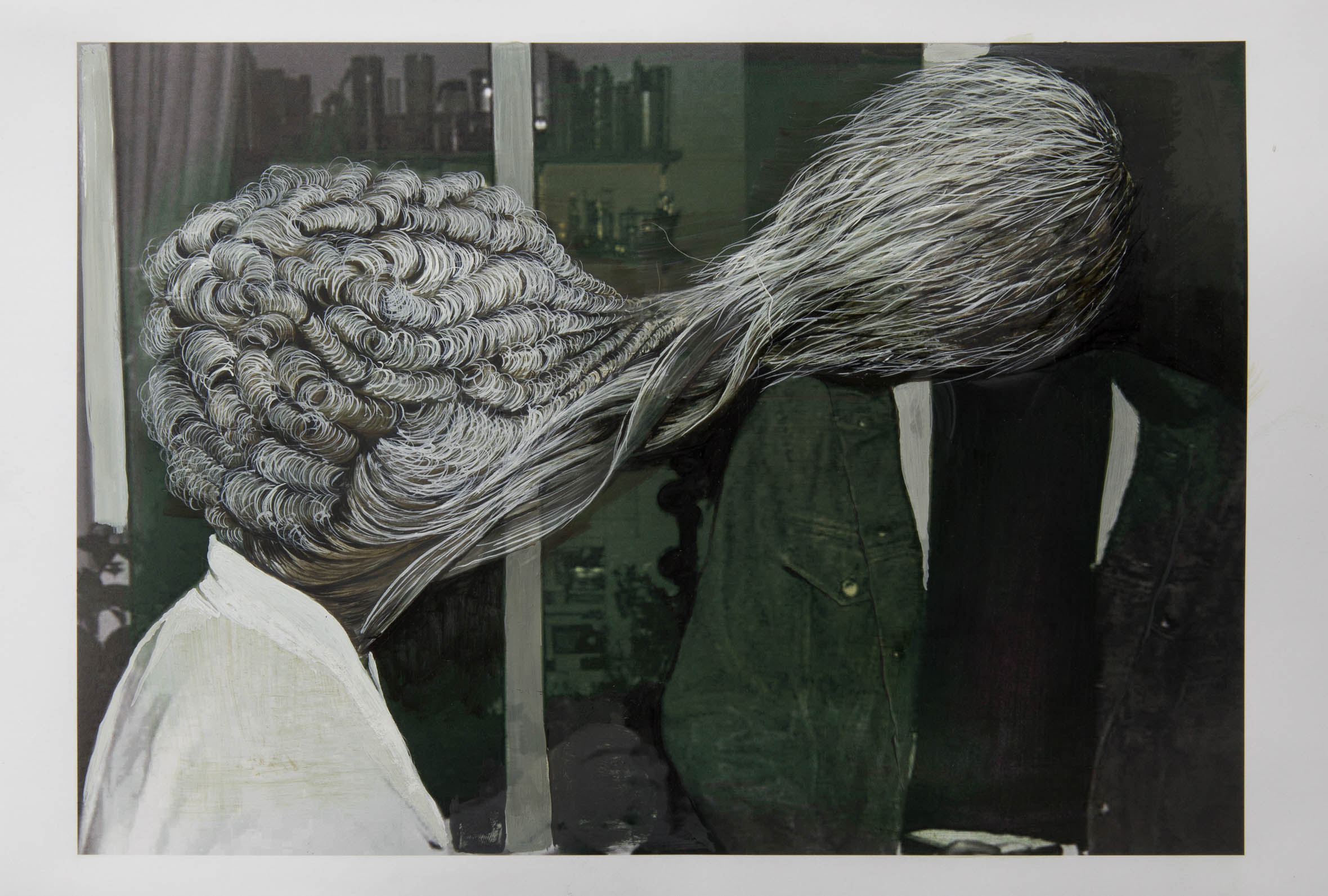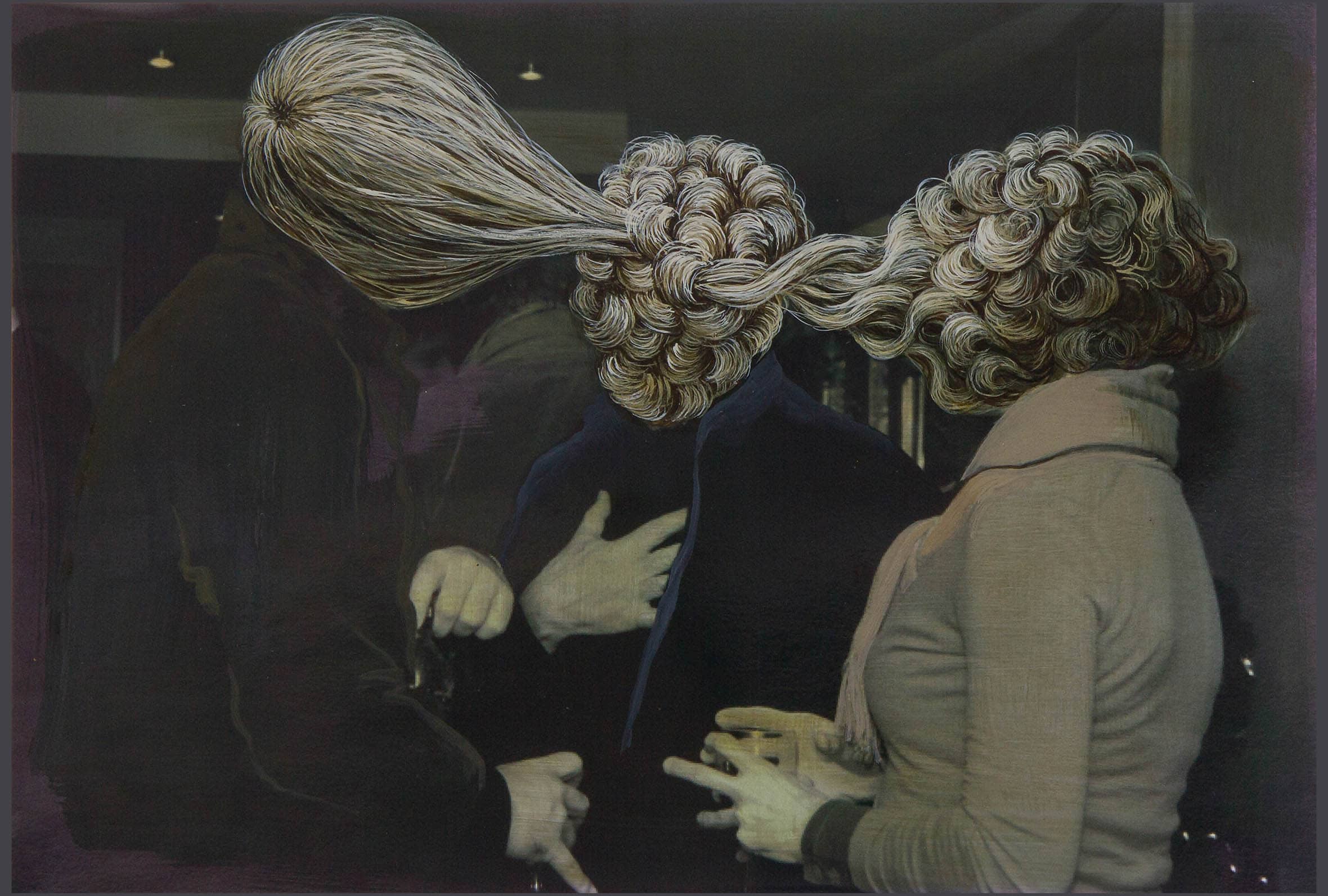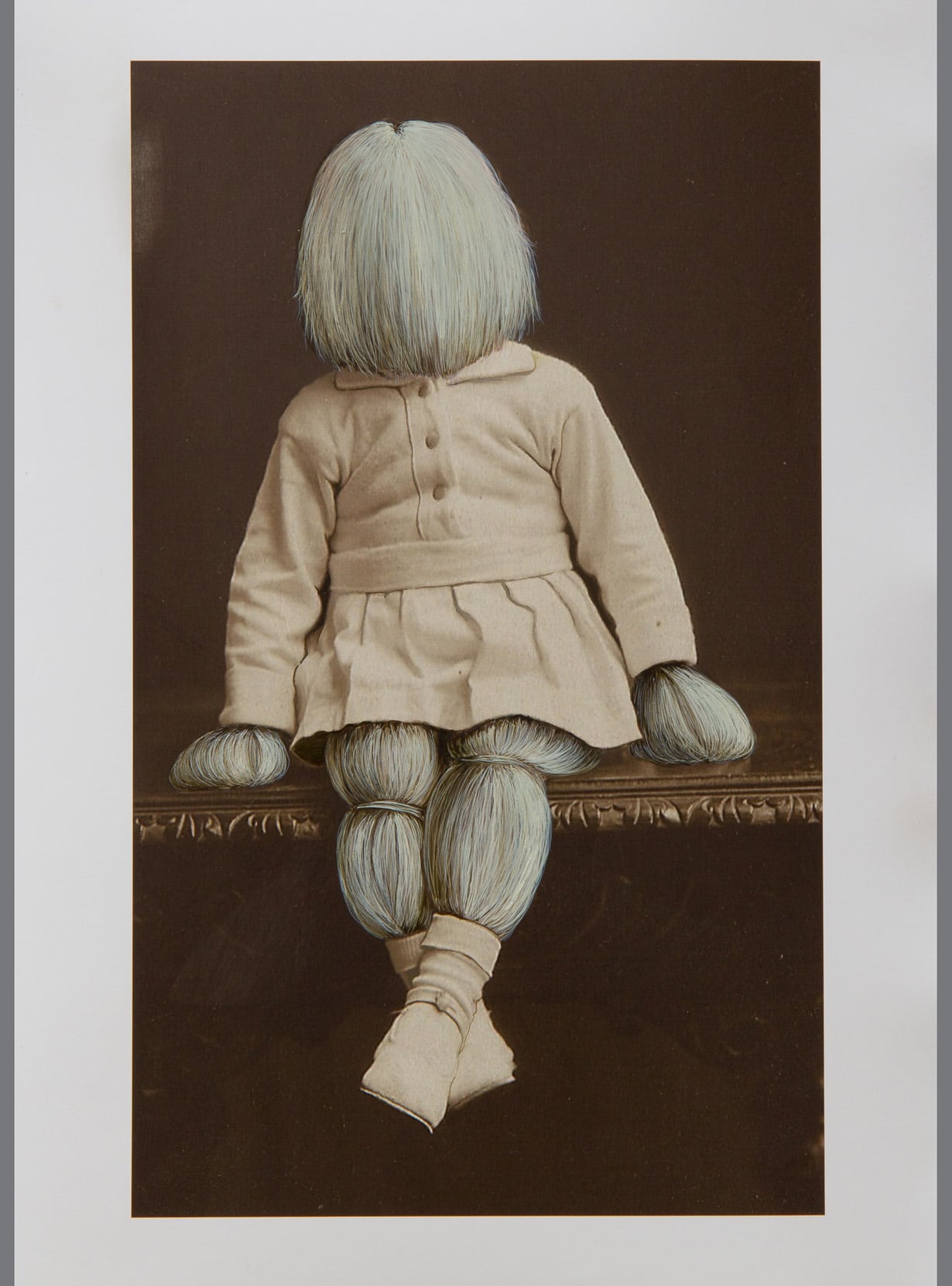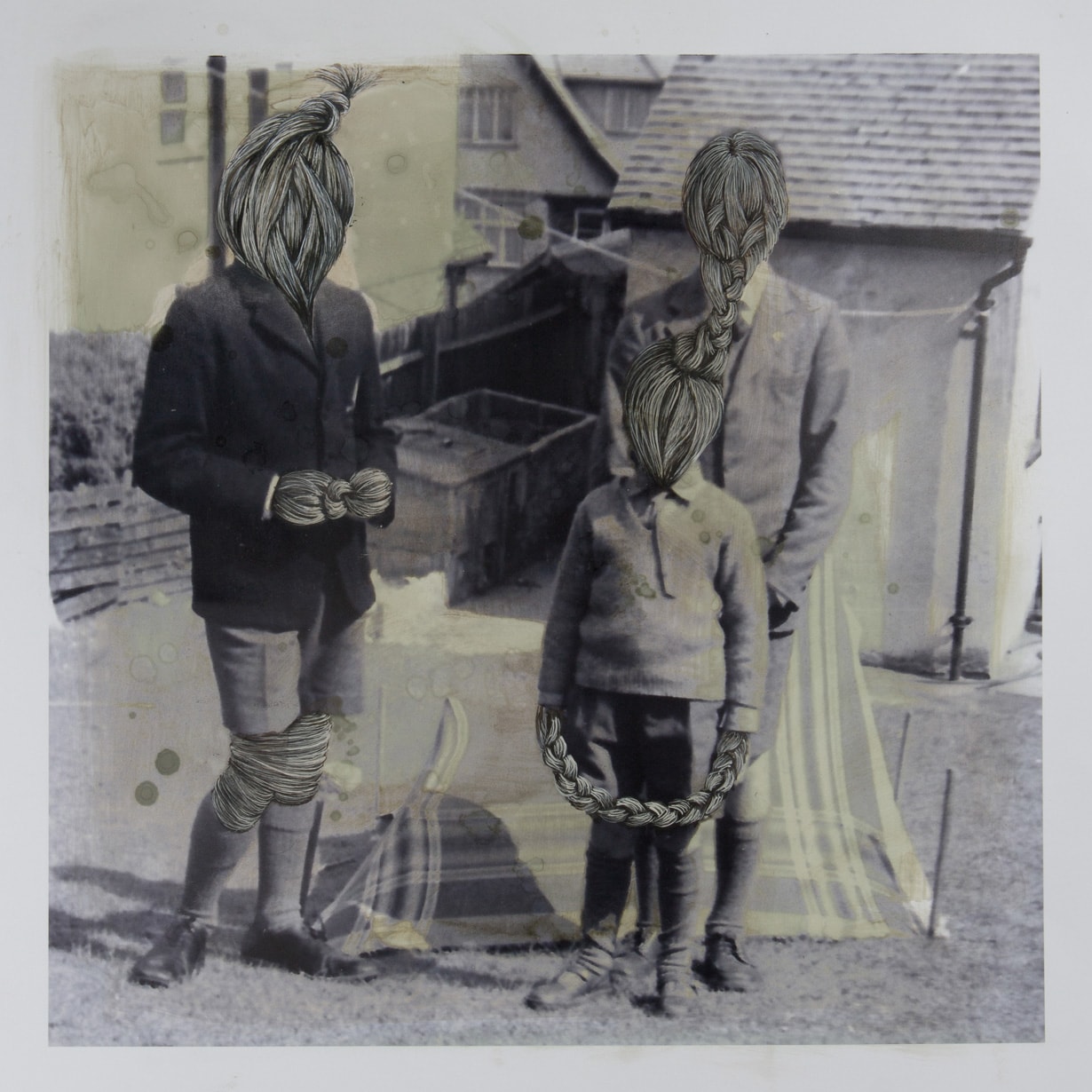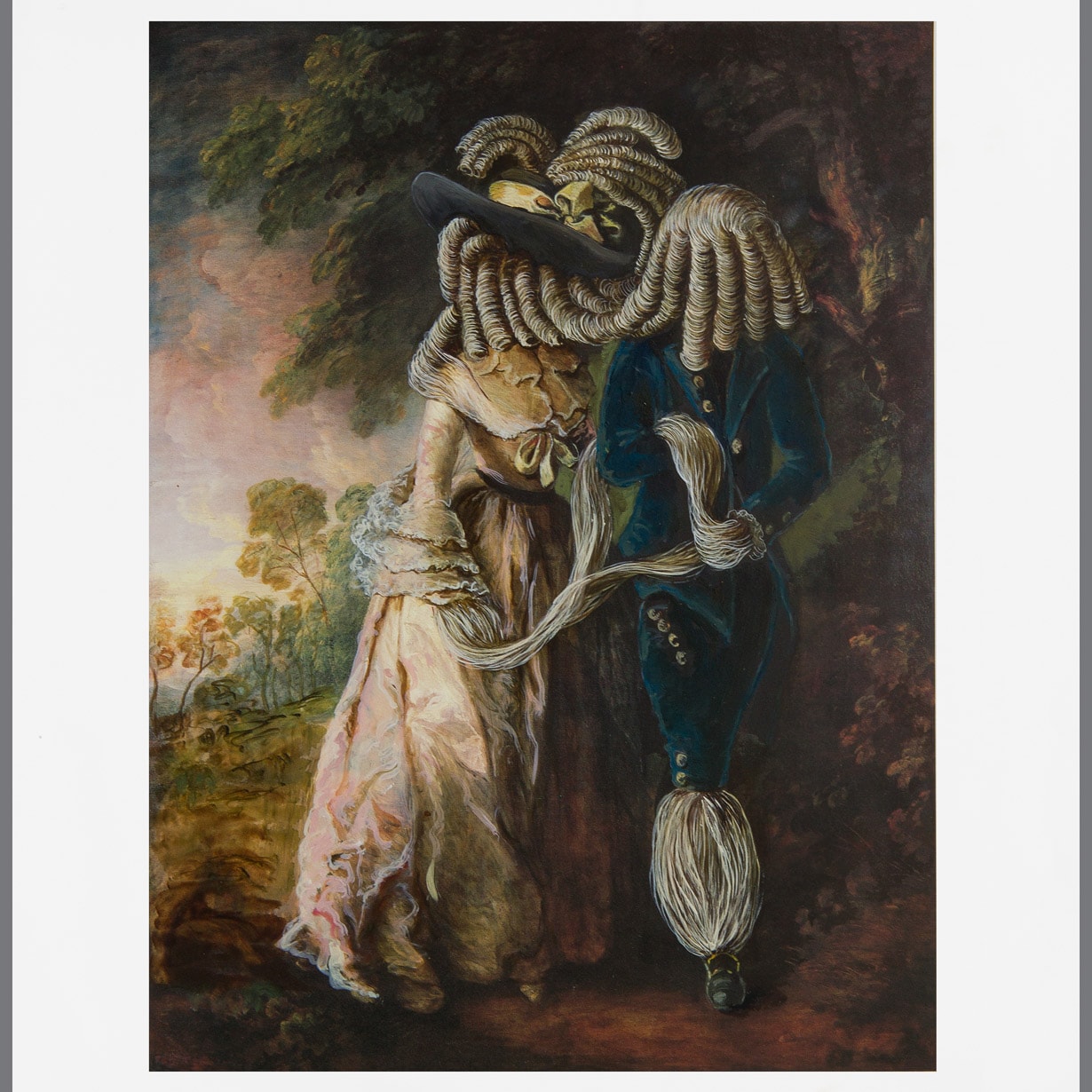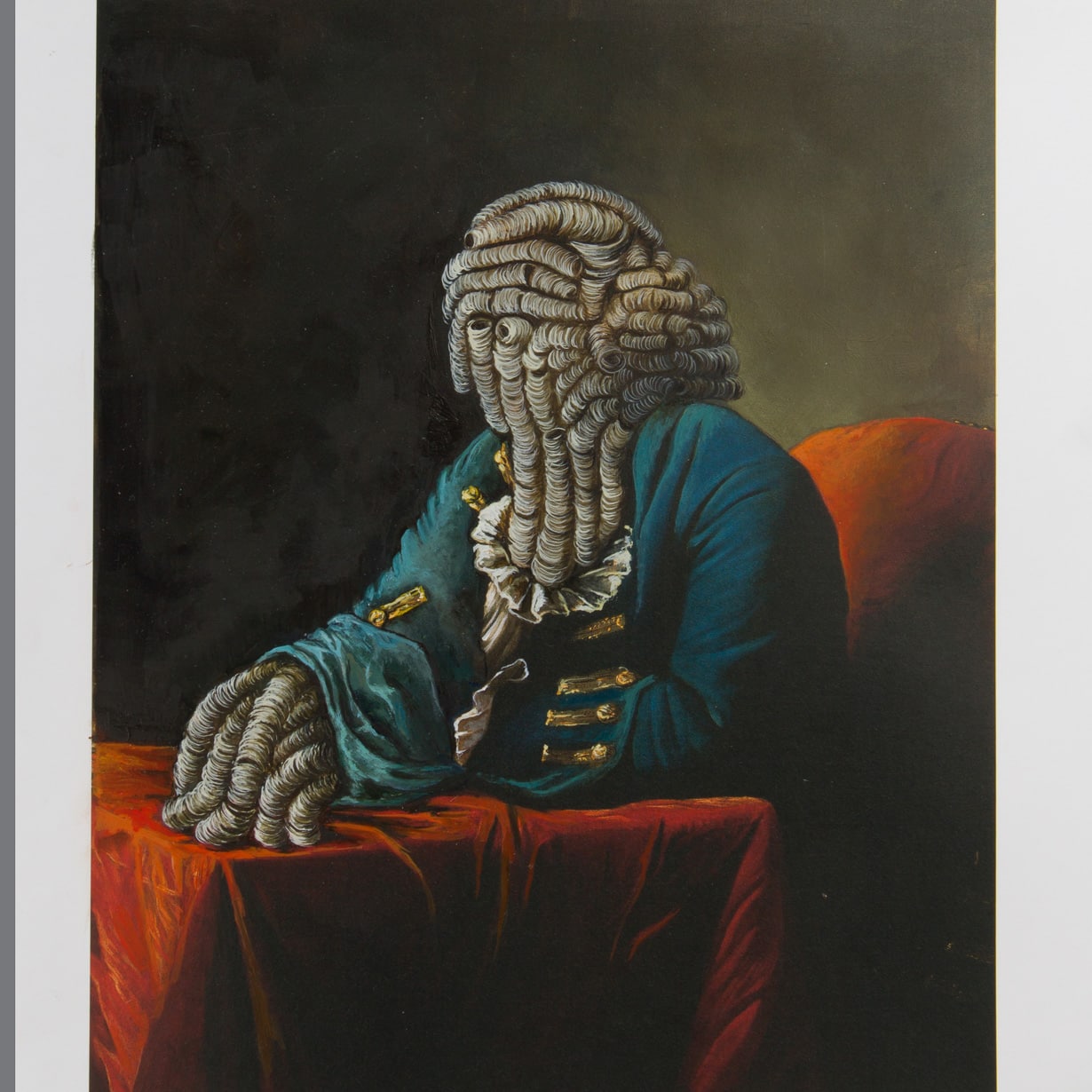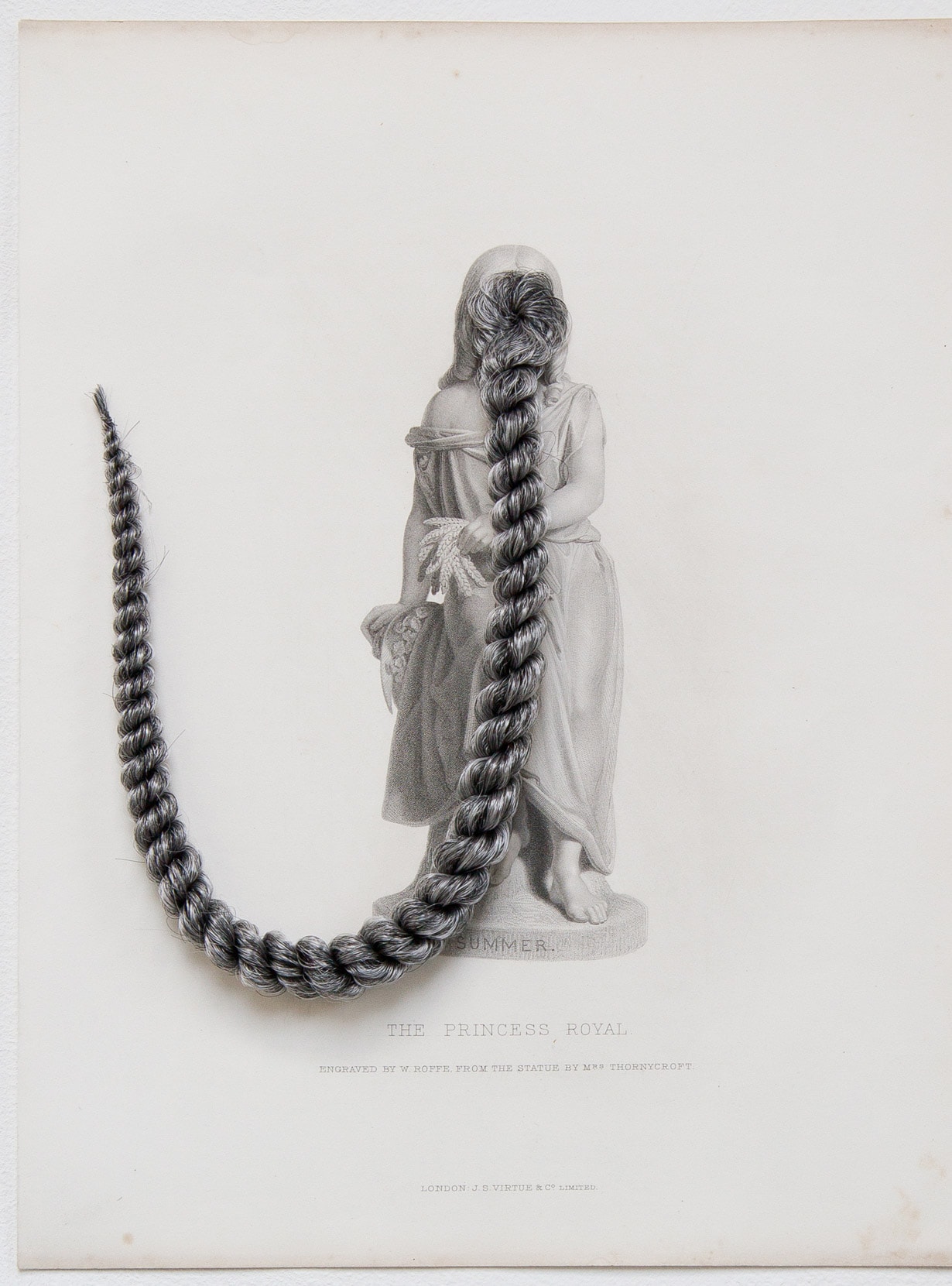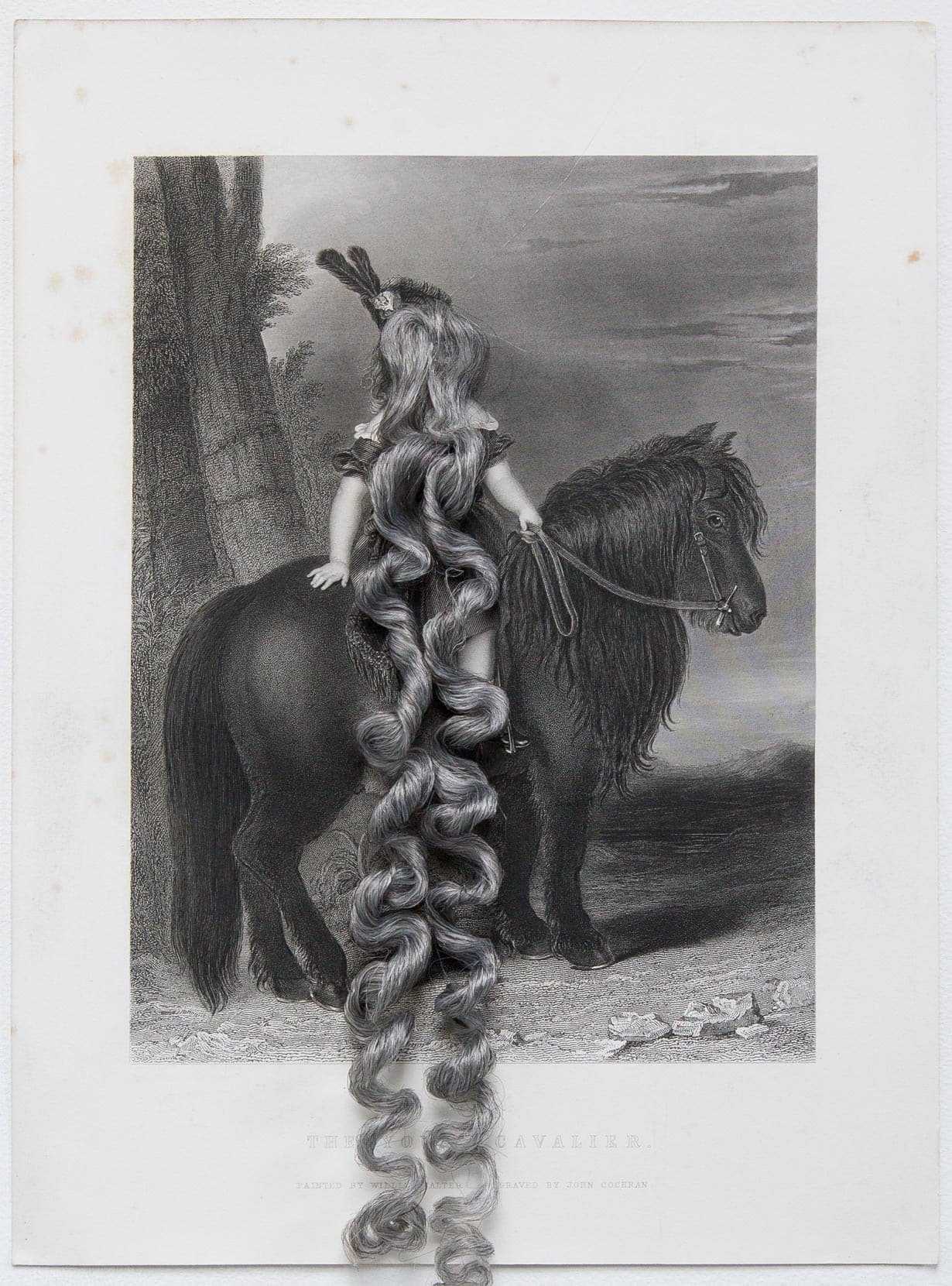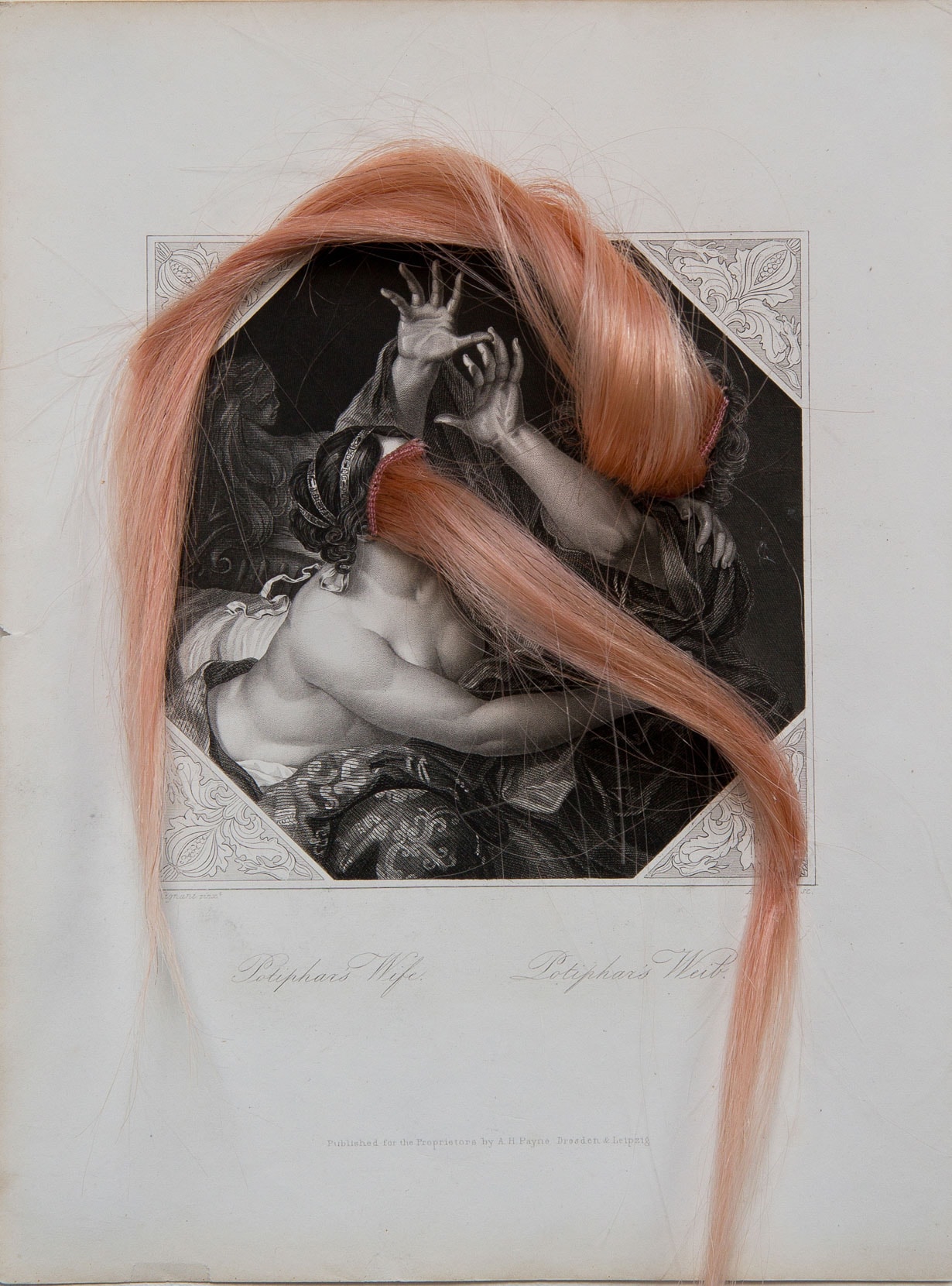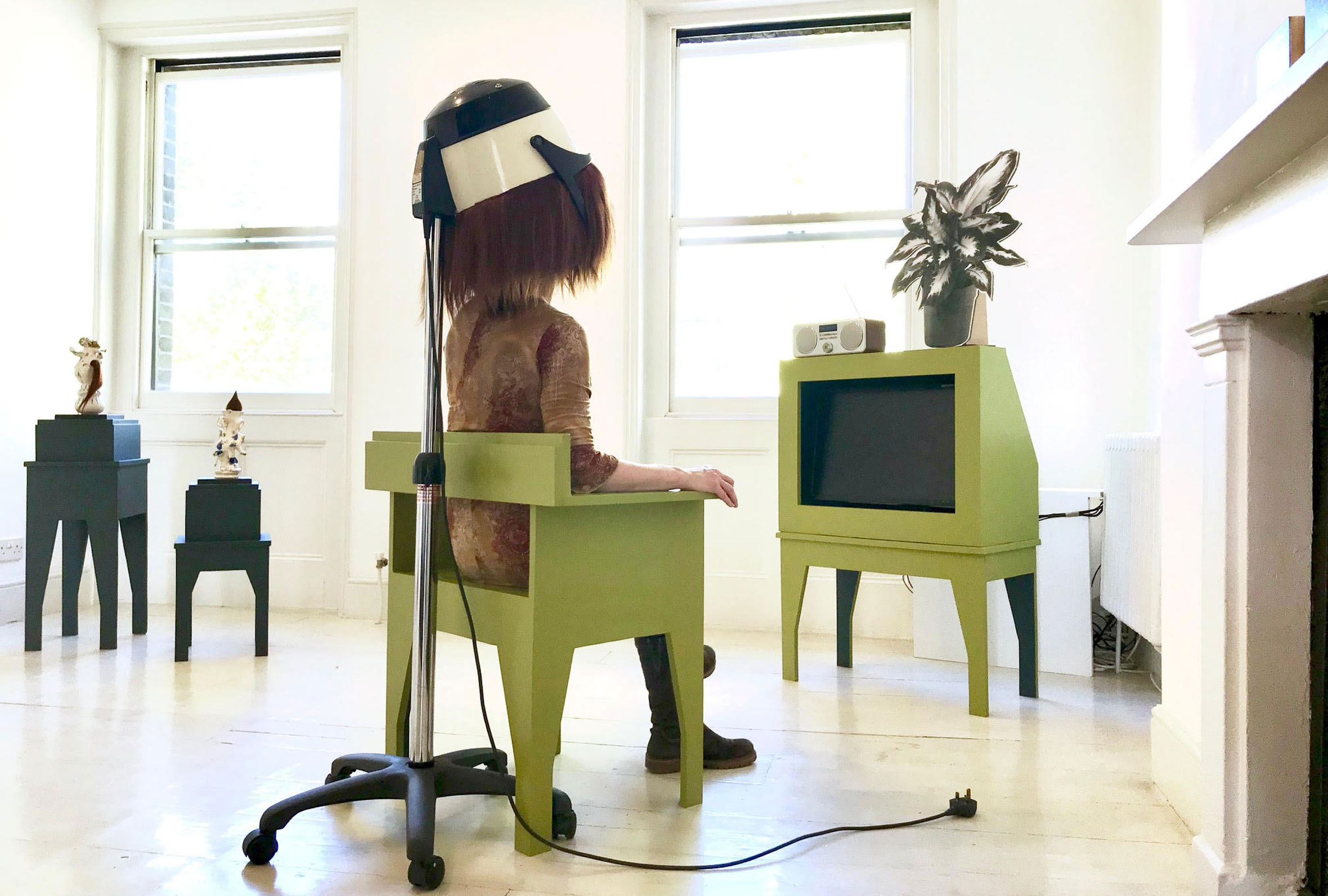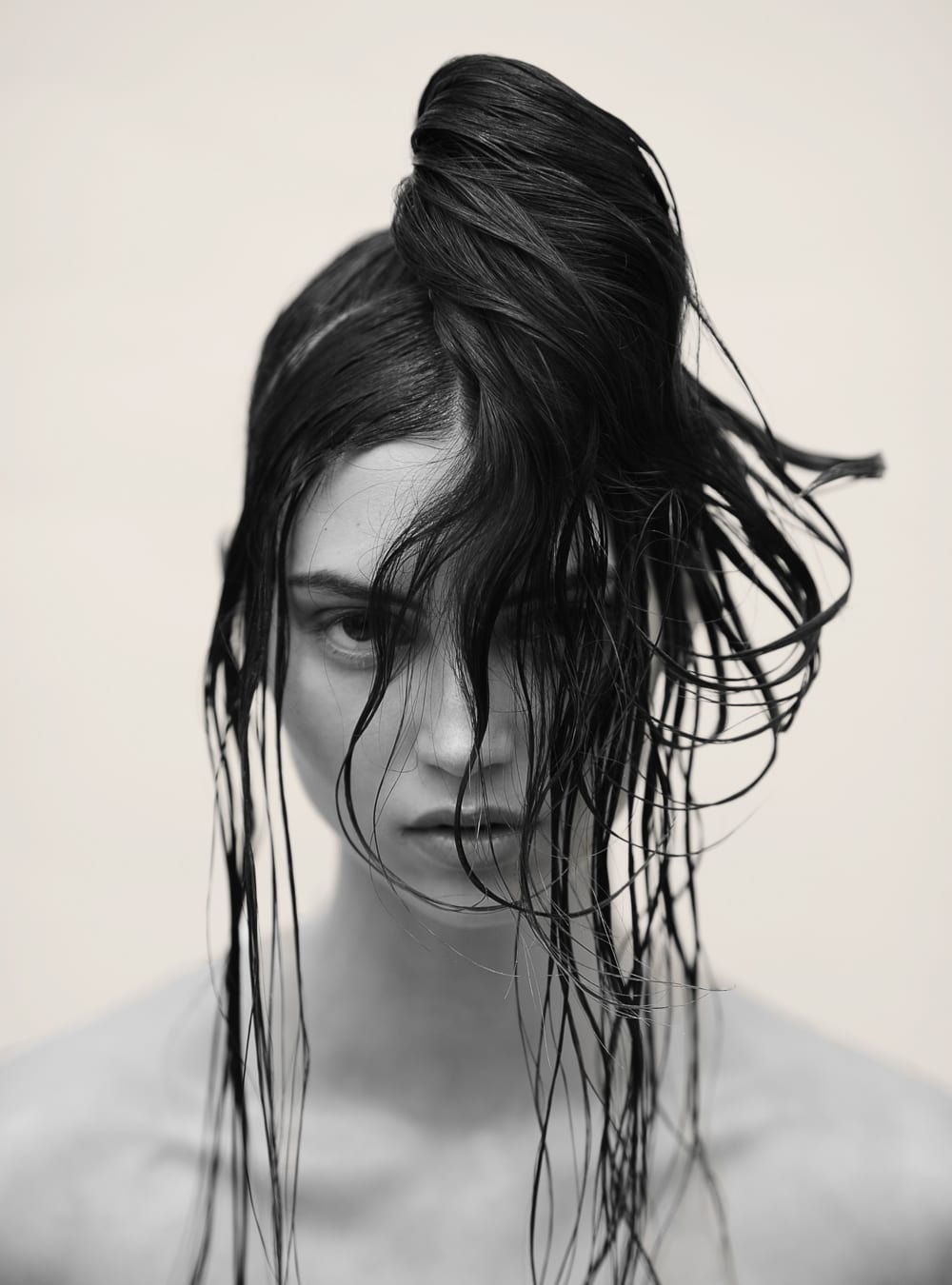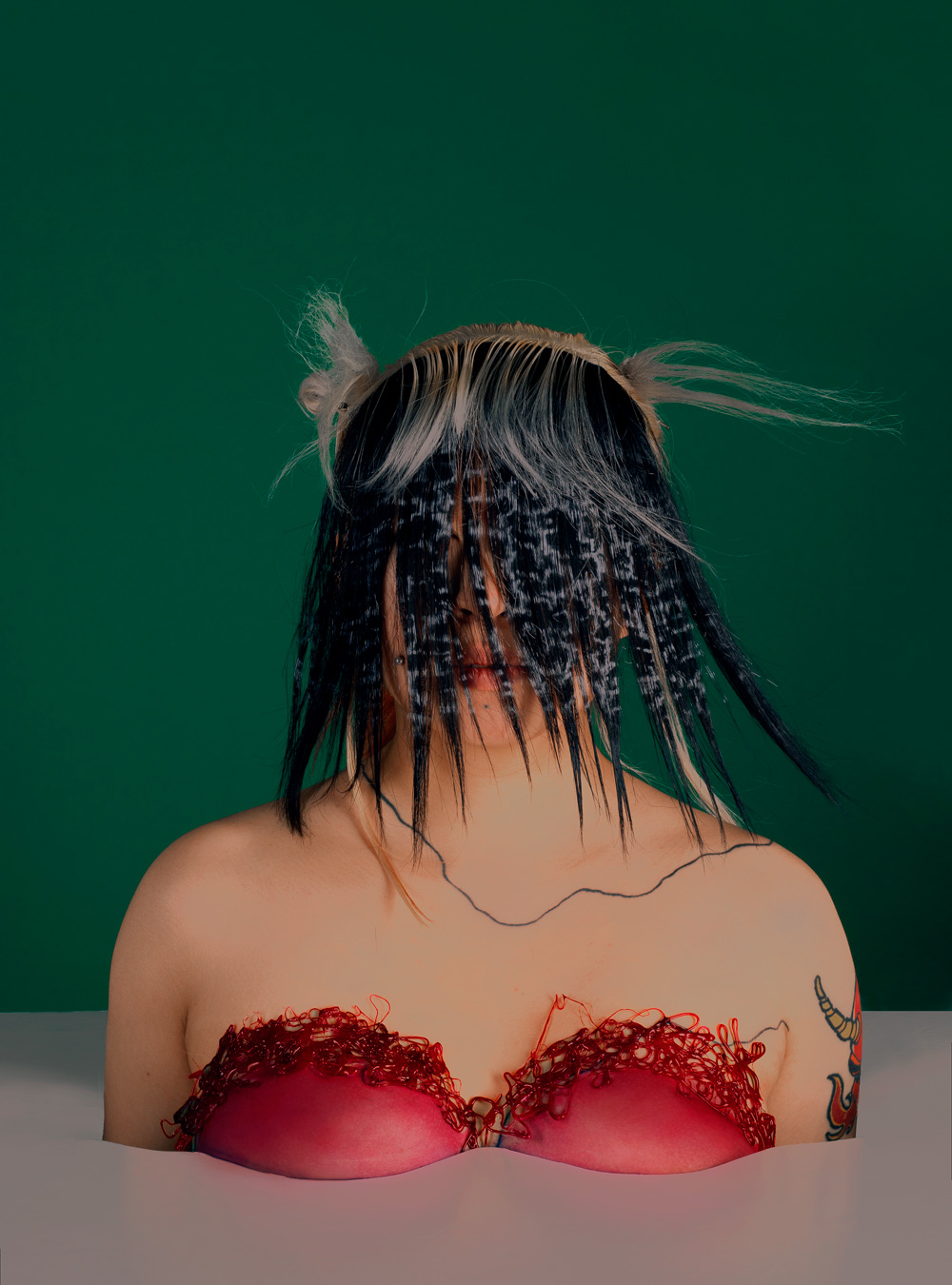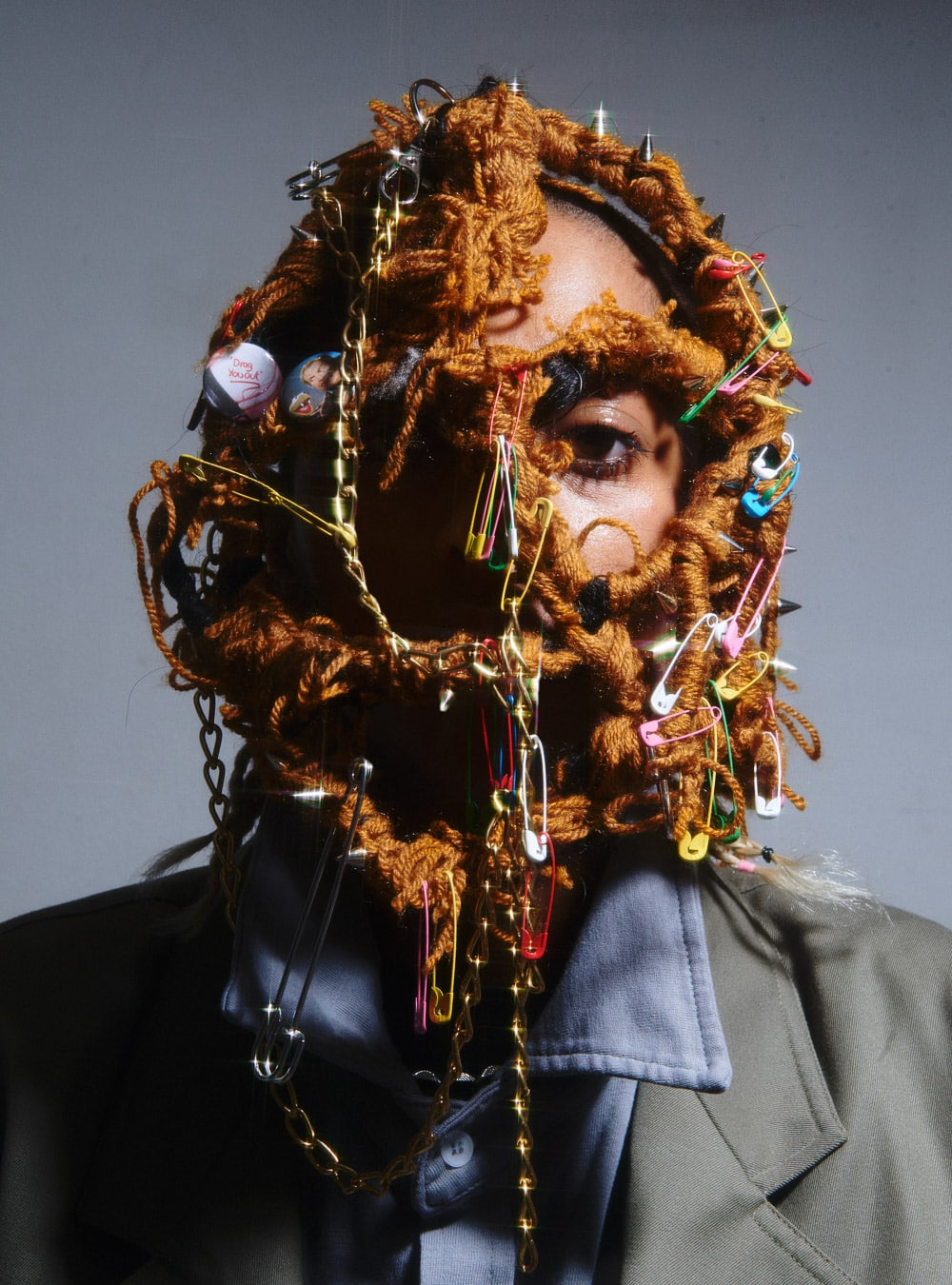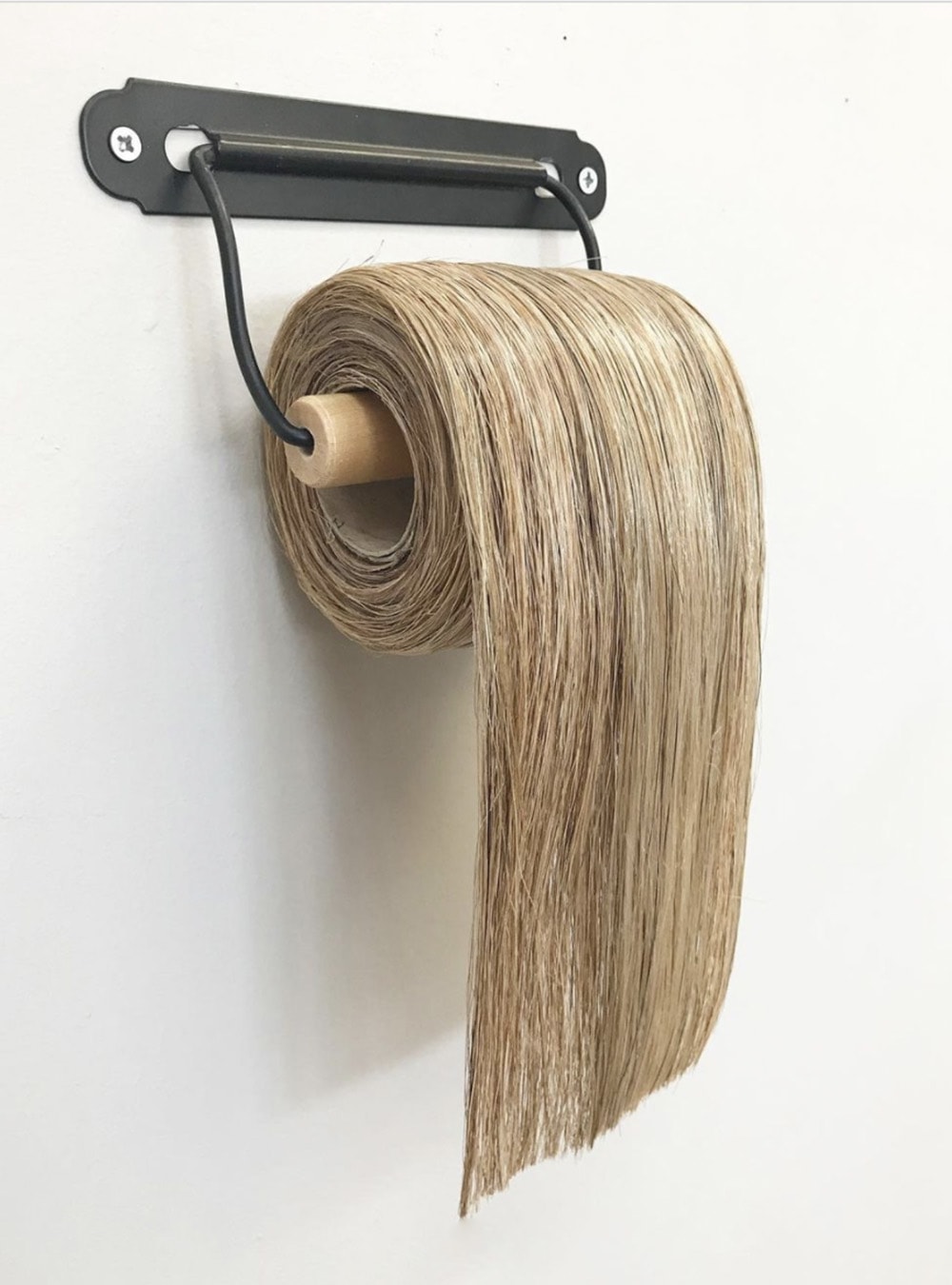- Hairy Reinterpretations
- Hairy Reinterpretations
- Hairy Reinterpretations
ART + CULTURE: Artist Sasha Bowles gives existing objects a new hairdo as a means of reflecting on our social façades
Artworks: Sasha Bowles
Interview: Katharina Lina
Artist Sasha Bowles takes familiar objects and updates them with a twist to unveil illusions and create new perspectives. Her approach to making art that incorporates hair seems both serious and playful; she deliberately chooses to explore hair as a continuation of one’s identity, but she’s also aware of hair eliciting feelings of unease for some, and enjoys seeing those different reactions to her “mischievous” work.
What role has hair played in your life? Can you describe your relationship with your hair? I’ve always seen hair as an extension of identity. It is one of the first things you notice about someone. It is both a part of you and separate from you. It grows out of you and can be manipulated in so many ways to change how others perceive you.
I remember from about the age of seven the desire to belong, and styling and cutting my hair to mirror the people I liked the look of, such as my teachers, my friends, or pop stars. As I grew up, I found my own identity and no longer had the desire to look like other people. I’ve dyed my hair all sorts of colours and once had extensions glued in. I could only afford a quarter head, so I ended up with an enormous red quiff. Looked pretty good I think. I still cut, colour and style my own hair, I don’t think I’ve seen my natural hair colour since I was about 10. I imagine its mostly grey by now.
I tend to cover up the faces – it conveys an inner stillness and emphasises the façade of artifice so many of us portray.
You seem to enjoy taking an existing object, photograph or artwork, and transforming it in a way that changes the entire feeling around it. Can you elaborate on the idea of metamorphosis in your work and what it is that draws you to it? There is something appealing about the uncanny that attracts me. It makes you look again, question what you are seeing. Our outer appearance is always in flux. We can change it to project different aspects of ourselves onto the world. Or hide from the world. So, my ‘metamorphosis’ is an extension of that. I tend to cover up the faces – it conveys an inner stillness and emphasises the façade of artifice so many of us portray.
Hair can elicit strong emotions, both positive or negative, depending on the context. What kind of emotion do you hope to elicit in viewers with the use of hair in your work? I have had so many different reactions to the hair in my work. I’m looking to make works that are mischievous reinterpretations with an undercurrent of uneasiness. I am very interested in the varied responses I get, and it is certainly a conversation opener. I have been surprised at the stories people tell me. I hadn’t realised how many people have a phobia about hair; other people’s hair that is, in particular other people’s hair touching them, stroking across their bare flesh.
How do you choose the hair colours and textures, and where do you source it from? The hair colours and textures seem to dictate themselves in response to the artwork that I am intervening onto. With the book engravings it seemed natural to use physical hair, the strands were almost like line drawings in themselves, naturally extending out from the picture. I try many variations of colour, texture, curling, plaiting and brushing into shapes before settling on a final composition. I live in South-East London and there are a lot of hair shops to choose from. They have all the hair you could ever need; real, artificial, coloured, natural, long, short. It’s an incredible experience going into these shops. A bit like going into a theatrical costume shop, you can go in looking like one person and emerge as a totally new character.
Who or what is an unexpected source of inspiration to you? Labels in display cases, describing objects that are not there.
- ANTHROPOLOGY OF HAIR
- ANTHROPOLOGY OF HAIR
- ANTHROPOLOGY OF HAIR
- ANTHROPOLOGY OF HAIR
- ANTHROPOLOGY OF HAIR
